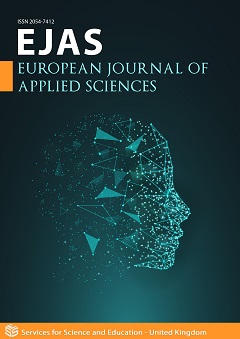Mass and Size Characterization of FRACEP Composite Elementary Fermions
DOI:
https://doi.org/10.14738/aivp.115.15597Keywords:
Composite Elementary Particles, Standard Model Elementary Particles, Fractals, Particle Radii Estimates, Negative Mass, PreonsAbstract
The FRACEP model characterizes the entire set of Standard Model elementary fermions as composite particles having a preon-like fractal-based structure. The internal components have several levels of complexity, beginning with the fractal structures of the momentum carriers, and the dynamic charge carriers and spin carriers. These base structures combine in a series of nested 3-element preon-like components that build up the composite fermions (the subject of this paper) and composite bosons. The entire structure is based on only two fundamental particles forming the basis of a Dual Universe containing positive mass particles, negative mass particles, and mixed mass particles. This system offers an intuitive explanation for the observed decay of the particles that are otherwise assumed to be fundamental because only positive mass particles or negative mass particles are long-term stable. Repulsion within a mixed mass particle is only quasi-stable for very short times. The estimate masses for the composite fermions are consistent with the Particle Data Group’s 2016/2020-update estimates, and the estimated radii are consistent with published expected upper size limits for the Standard Model’s fundamental elementary fermions.
Downloads
Published
How to Cite
Issue
Section
License
Copyright (c) 2023 Judith Giannini

This work is licensed under a Creative Commons Attribution 4.0 International License.






